Modern inventions and lightning-speed travel have enabled many to eat freely by the seasons. Squash in July, or asparagus in December? is at the grocery store. Even farmers markets have some off-season items—like apples—year-round. But just because it’s there doesn’t mean it’s at its peak. Modern facilities may have eliminated seasonality, but that’s not necessarily the case when it comes to flavor. We asked Kenny Tanaka of Tanaka Farms in Irvine, CA, and recipe developer and cookbook author Joni Marie Newman to learn more about summer vegetables and how to prepare them.
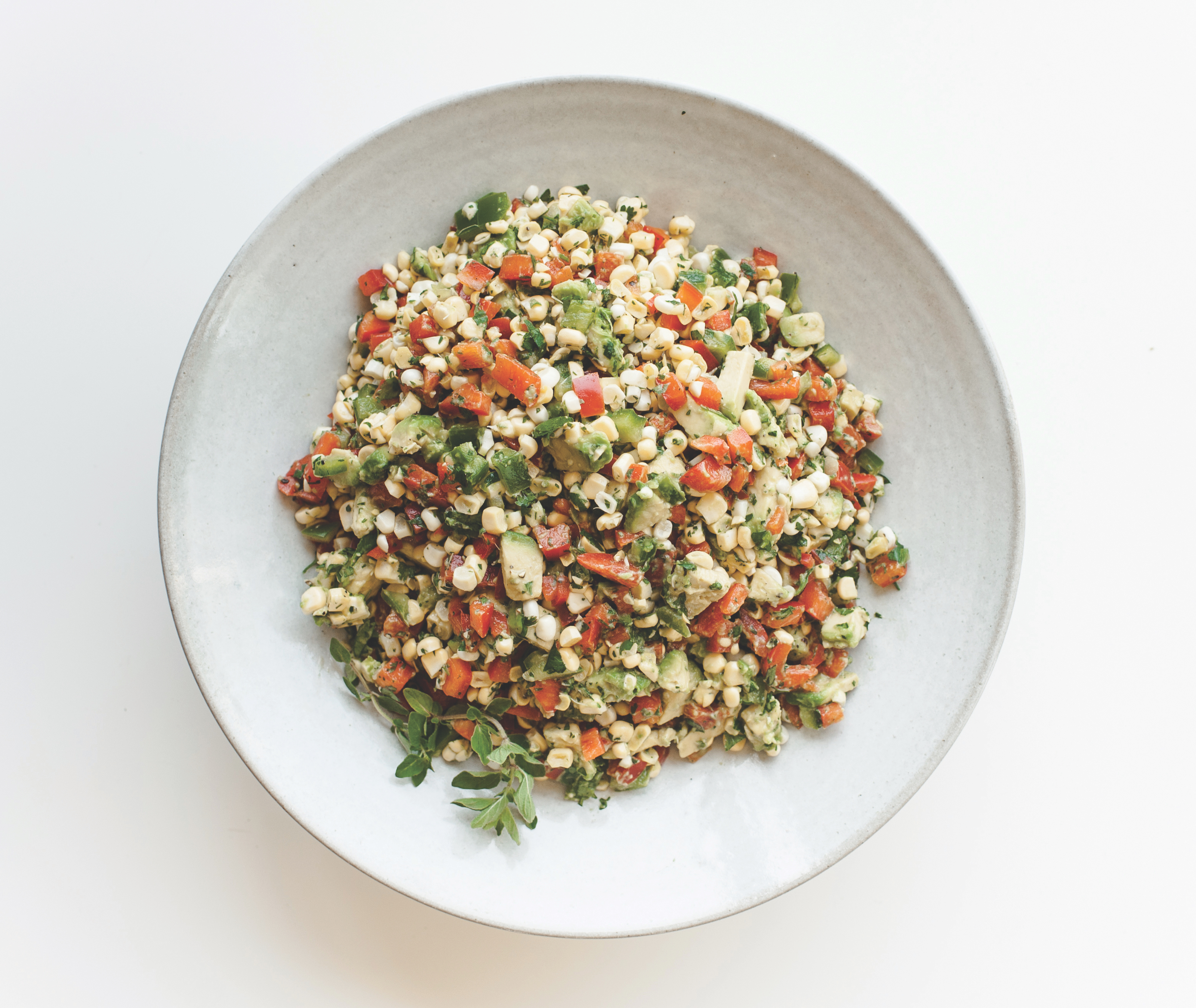
Sarah Adler
1 corn
We know, we know, corn is technically a fruit, but since it’s eaten like a vegetable, we’re including it here. Even Farmer Tanaka puts white sweet corn at the top of his summer vegetable list. “It’s so sweet, you can eat it raw!” She was startled. While shucking can be a bit of a hassle, it’s totally worth it for fresh corn in the summer months. When selecting your ears, look for a bright green husk that holds the cob tightly. Avoid loose or yellow husks.
How to prepare it: Raw, boiled, roasted or fried
What to make with it: Vegan Summer Picnic Corn and Poblano Pepper Salad
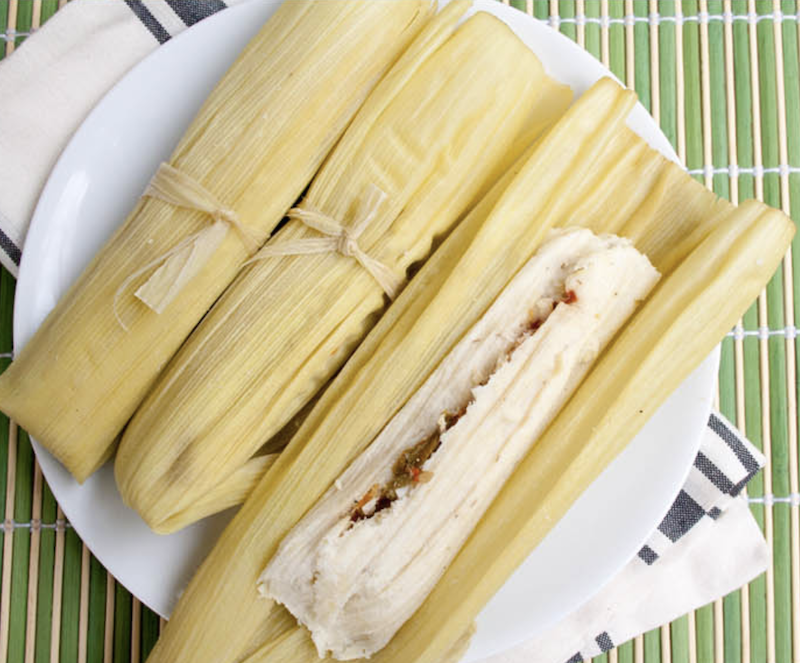
Create with mind
2 Hatch pepper
Spice-averse, don’t worry—these big peppers are less about the spice and more about their pungent flavor. The hatch chile peak season is relatively short—usually August through September—so get your fill while you can. How to pick a pepper? Look for a bright green pepper (they turn red as they ripen) that feels heavy for its size. The skin should be taut and firm.
How to prepare it: Fried or fried
What to make with it: Vegan Green Corn Tamales
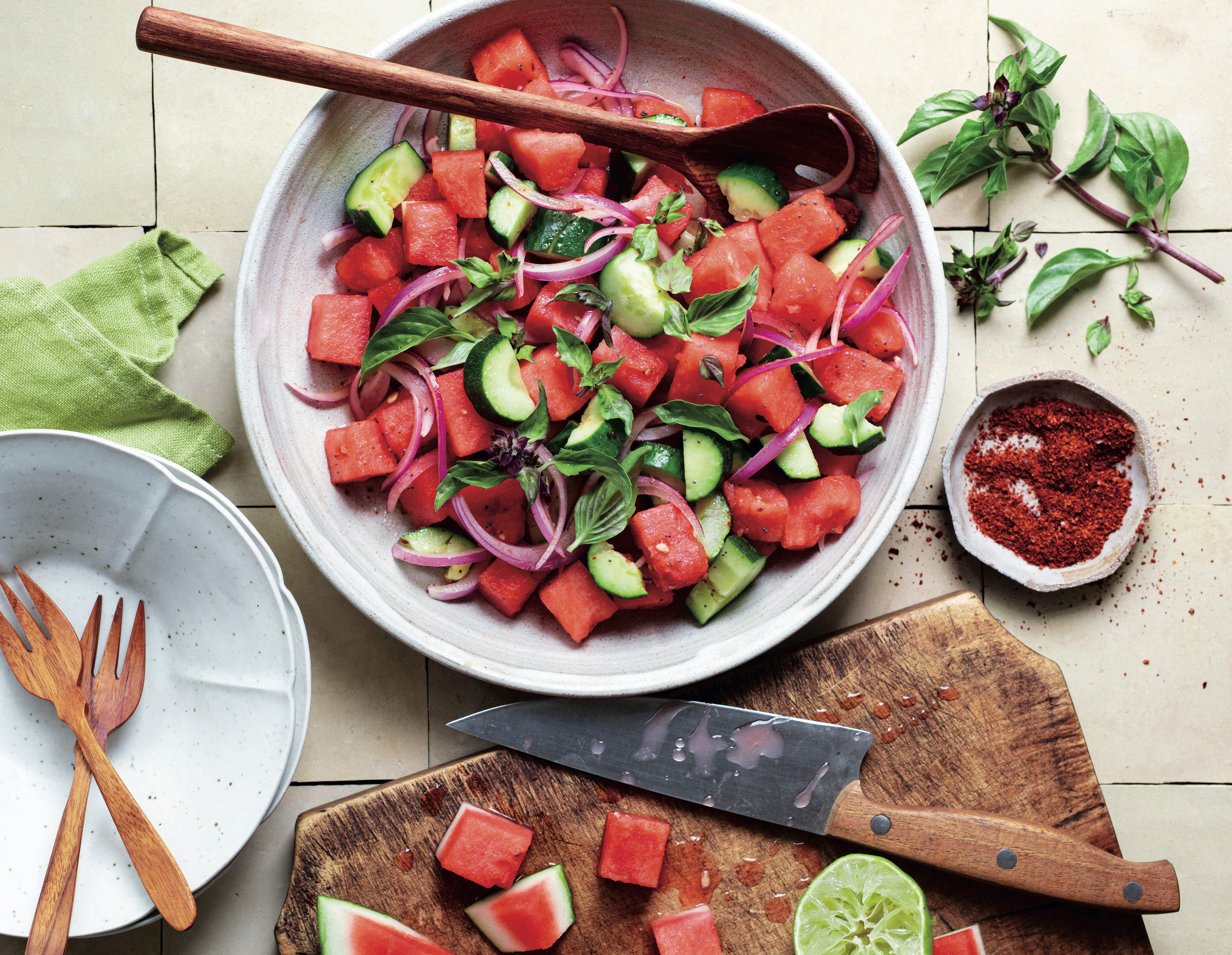
Erin Scott
3 cucumber
Surprisingly, this is also a fruit (most of us were seriously confused in elementary school when it came to production). With cucumbers—and with most vegetables, as you’ll see—bigger isn’t necessarily better. Smaller ‘cukes hold less water and are more flavorful. Select a cucumber that is vibrant green and not the largest of the bunch.
How to prepare it: raw or pickled
What to make with it: 10-Minute Refreshing Vegan Watermelon and Cucumber Salad
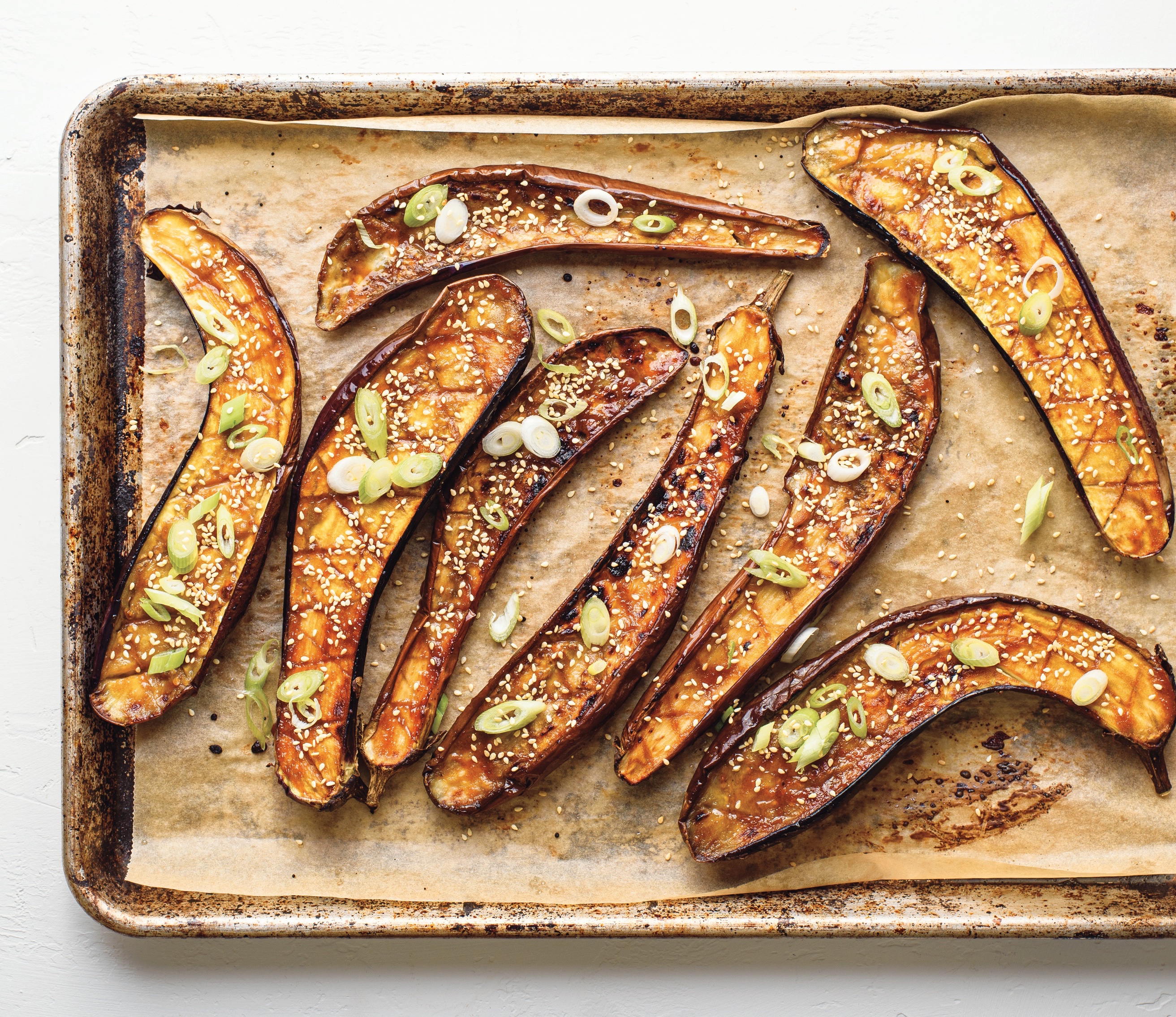
Lisa Dawn Angerum
4 eggplant
People who didn’t grow up cooking eggplant are often intimidated by this bulbous fruit (just assume that three of the next seven items on this list are technically fruits). Summer is the time to experiment with eggplant. When it is at its peak, it is less likely to be bitter. Look for a bright purple, small to medium-sized plant that is firm to the touch.
How to prepare it: Fried, fried, fried, fried or fried
What to make with it: Sticky Sweet Miso Eggplant
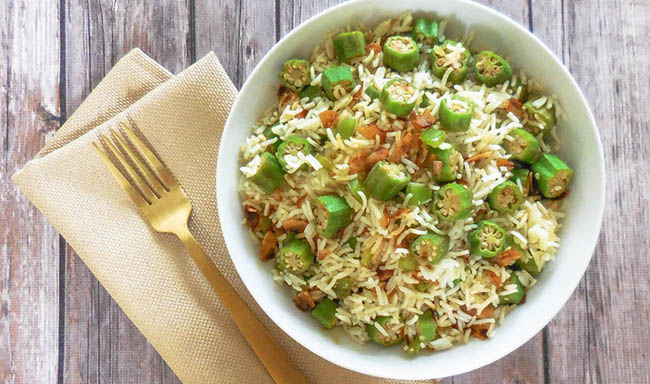
Holly V. gray
5 the okra
People who do not enjoy okra have not prepared it to their liking. This warm-weather veggie is extremely versatile, and while okra-based gumbo is exceptional, okra can do so much more. Choose bright pieces no longer than four inches long and avoid any spotted or soft pods.
How to prepare it: Fried, stewed, pickled, or sautéed
What to make with it: Okra Pilaf with Coconut Bacon
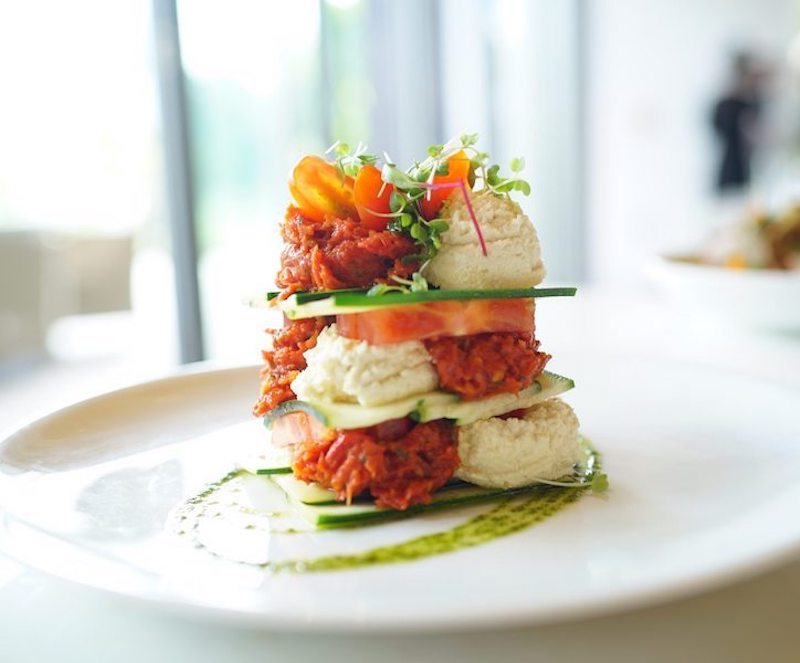
Michelle Chea
6 tomato
Summer is the time to splurge on heirloom varieties. Even tomato-haters can be smitten by this one-of-a-kind, multicolored fruit. They are sweeter, firmer and less thin than Roma or beefsteak tomatoes. Choose heirlooms that are sturdy, heavy for their size, and impress you with their unique design.
How to prepare it: Raw, roasted, fried, or pickled
What to make with it: Matthew Kenny’s Raw Lasagna
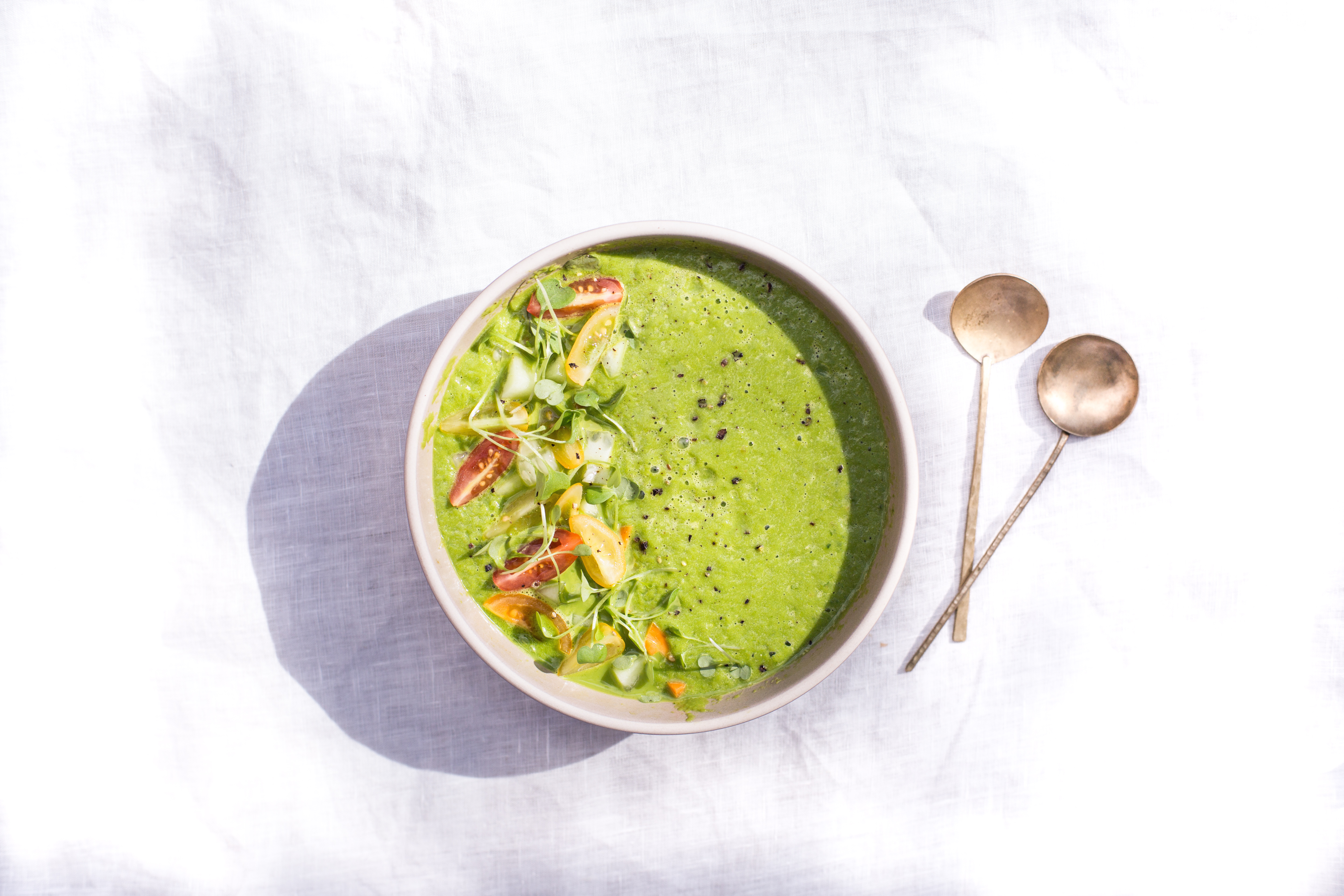
Summer Sanders
7 Avocados
Restaurants should really drop the upcharge for avocado and guacamole during the summer. In the off-season, sure, we understand please, but avocados are plentiful during the summer. To select a ready-to-eat avo, hold the product gently in your palm and give it a very gentle squeeze. Leather will give ever so slightly. If it’s hard enough to double as a projectile weapon, let it mature for a few days. When soft, make the guacamole.
How to prepare it: raw or fried
What to make with it: Raw Spicy Avocado Jalapeño Soup
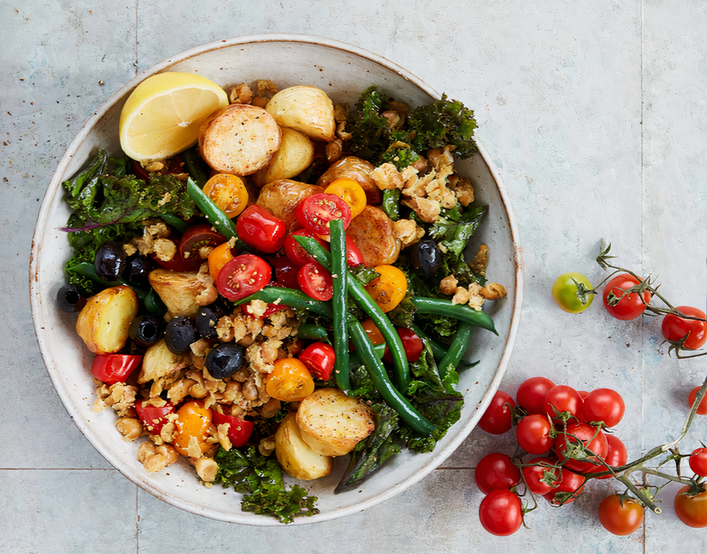
Andrea Hahnemann
8 green beans
It’s strange that green bean casserole is so popular in late summer, because green beans are at their best in summer. During these hot months, you don’t need to cover beans with a vegan béchamel sauce—they’re great on their own. We don’t recommend picking every single bean at the farmers market, but try to pick up a handful of brightly colored beans. At home, compost any beans that don’t have a crisp snap.
How to prepare it: Raw, steamed, or sautéed
What to make with it: Vegan Nicoise Salad
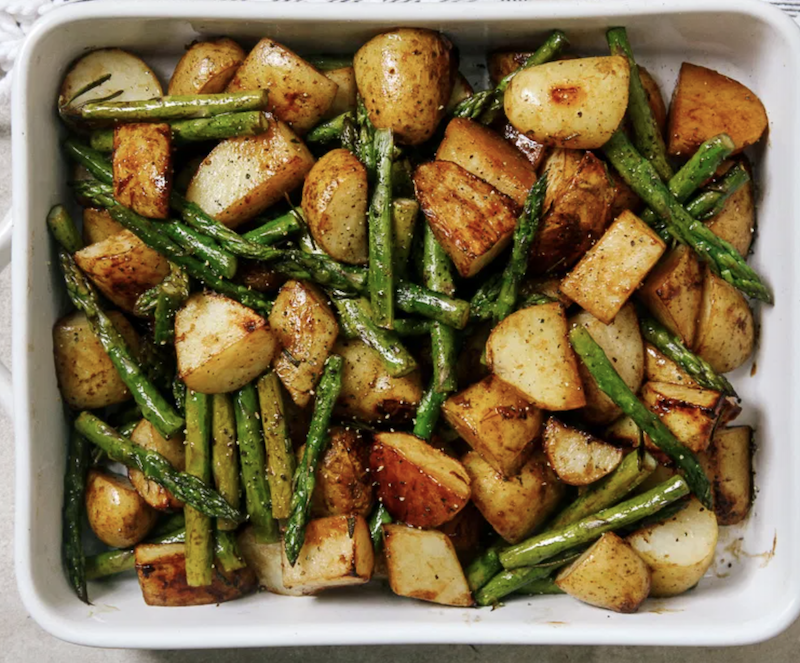 Wallflower Kitchen
Wallflower Kitchen
9 new potatoes
No, a new potato variety was not invented. These spuds are small, round tubers that are harvested before they grow into baseball-sized potatoes that we use for baking and mashing. New potatoes are tender, buttery and fluffy. The best ones are firm and free from sprouts, bruises or wrinkles.
How to prepare it: steamed, roasted, or grilled
What to make with it: Balsamic Roasted New Potatoes with Asparagus
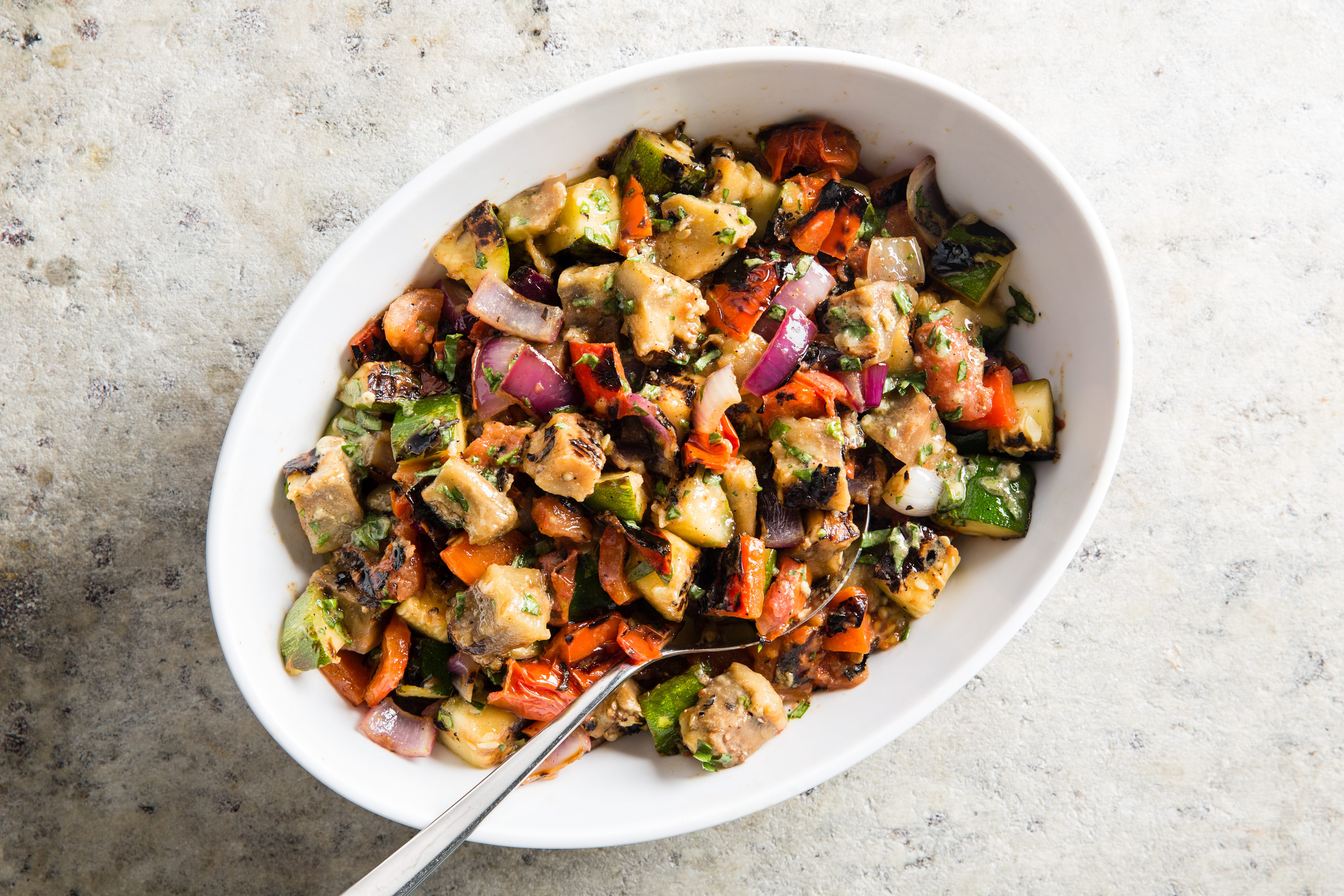 America’s Test Kitchen
America’s Test Kitchen
10 zucchini
Did it reach for a cucumber only to realize it was a zucchini? Fortunately, they are both in season during the summer. As with cucumbers, you don’t want a massive zucchini – smaller ones usually have more flavor. You’ll also want to select a squash that is heavy, firm and bright green. Zoodles can be seen here throughout the summer.
How to prepare it: Raw, steamed, fried, fried, or pickled
What to make with it: Vegan Grilled Eggplant and Zucchini Salad
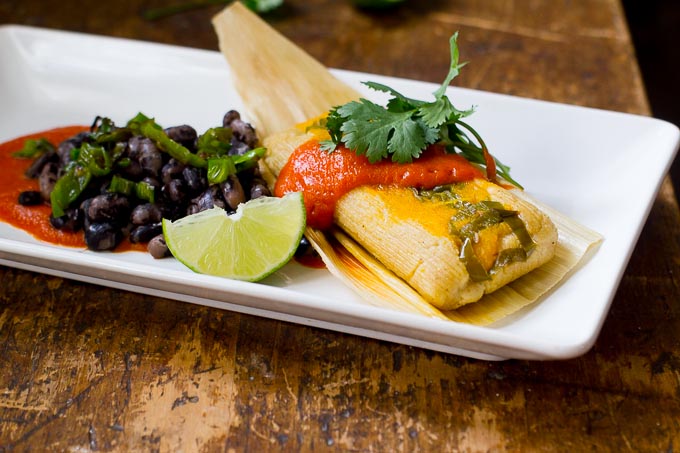
Rachel Carr
11 Shishito chili
Farmer Tanaka talked about this slightly spicy summer pepper. “They make such a wonderful summer treat. Sauteed with a little olive oil and garlic and salt – very good. I serve them as an appetizer.” As with most vegetables on this list, the color should be bright and the skin should be taut and firm.
How to prepare it: Fried, fried, pickled, fried, or fried
What to make with it: Pumpkin Tamales with Shishito Peppers


